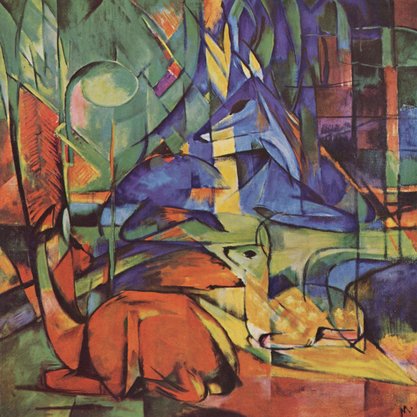Article
Fengmian, Lin [林風眠] (1900–1991) By Yao, Wu
Article
Lin Fengmian was a twentieth-century Chinese artist who introduced Western modernism into the Chinese art scene through both his painting practice and teaching activities. In 1919, Lin joined a Chinese work-study program and spent the next six years studying art in Europe, where he was influenced by modernist styles including fauvism, cubism, and expressionism. During this formative phase, his belief in Western and Eastern artistic synergy started to form. His monumental canvases from this period echoed the large expressionistic paintings from his German days, in which a profound sense of humankind’s malaise and struggle can be observed. His more formalist oils, with their spatial fragmentation and angular shapes, paid homage to cubism, while his ink and watercolor paintings employed devices of foreshortening and shading. His mature work is characterized by a hybrid of painting media, a rich palette, layering of heavily hued areas, and simplified line and form that induce lyrical and naive qualities. As an art instructor, Lin promoted Western-style art and pedagogy. He taught a number of Chinese modern artists, including Li Keran 李可染 (1907–89), Wu Guanzhong 吳冠中 (1919–2010), and Zao Wou-ki 趙無極 (1921–2013).


